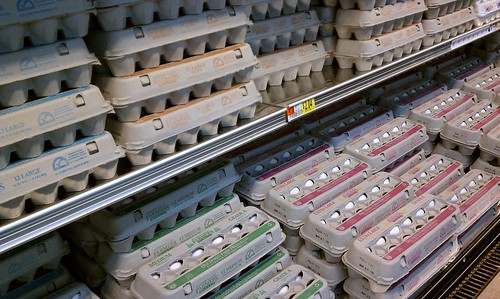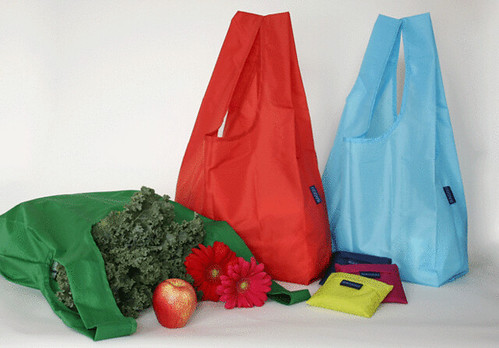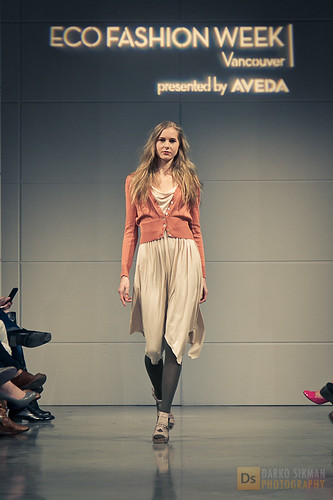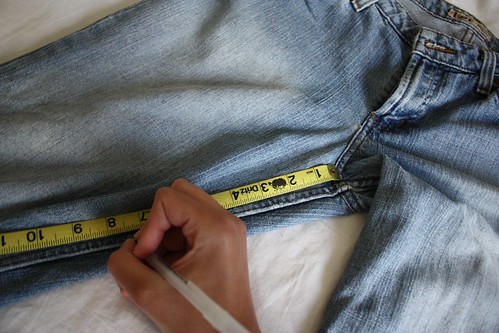Like many people, I am addicted to caffeine. I refuse to believe that my coffee habit is bad for me (a little caffeine if fine in moderation, right? And haven’t I read somewhere that coffee is healthy?). However I have realized that my dependence on coffee can be harmful for the environment. Our beloved to-go coffee mugs cannot be recycled and are environmentally harmful. In fact, Americans trash about 23 billion paper coffee cups in a single year.
In the interest of being greener about my beverage consumption, I recently took on an experiment: I gave up all to-go cups (not just coffee mugs, but any and all disposable beverage containers) for three weeks. To make the challenge more interesting I also added plastic water bottles to the list of banned containers because, although plastic can be recycled, most bottles end up in the landfill—over 40 million per day in fact.
Without the convenience of a paper cup from Panera’s or a Jittery Joes travel mug, I armed myself with two key weapons: my reusable coffee mug and my Nalgene water bottle. If I wanted coffee from Jittery Joes, I brought along my reusable mug and handed it to the barista, requesting it to be used in place of the customary paper mugs. If I ate dinner out at Moe’s I filled up my Nalgene with water from the soft drink fountain instead of buying a drink.
More often than not, the employees were happy to help me out, and Jittery Joes even gives a discount to those who bring their own mug. I also found that when I ordered a small coffee they filled my mug to the brim, so I ended up paying for a small but receiving the amount of coffee meant for a large. For a coffee addict such as myself, this was a huge plus.
The only issue was that lugging around my various reusable containers became quite cumbersome. If I decided to stop by Jittery Joes after class, I had to plan in advance to take my reusable mug with me, and if I went out for dinner I could not forget my Nalgene bottle without being desperately thirsty throughout my meal. However, I learned that simply asking restaurant employees for a reusable glass to drink from is no problem. One evening when I forgot to bring my water bottle to a fast food restaurant, the cashier happily provided me with a glass cup to replace the restaurant’s customary Styrofoam one. People were willing to work with me, and cutting out to-go cups was easier than I had anticipated.
 |
| Carry reusable water bottles instead of disposable plastic ones! |
The truly rewarding aspect of my challenge was not only learning about the feasibility of reducing my disposable container consumption, but also realizing how much I reduced my environmental footprint. Over the course of three weeks I saved a total of 97 containers: 9 coffee cups, 4 restaurant-style to-go cups, and 84 water bottles (I took my plastic water bottle with me everywhere).
With our oftentimes busy schedules, we understandably gravitate towards convenience. The trick is finding a compromise between efficiency and sustainability. Making small changes, such as bringing your own coffee mug once in a while or switching to a reusable water bottle allows us to be kind to the environment without sacrificing comfort.
--Claire Ruhlin, Community Intern





















